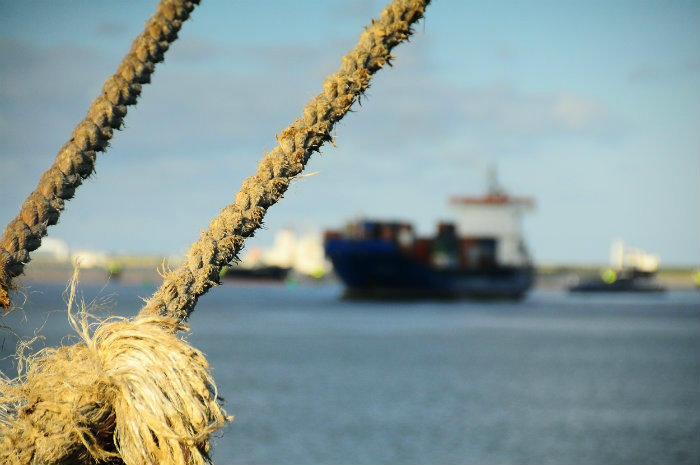Situational Awareness: Have you got what it takes?
The art of navigation is less about knowing where you are, but knowing where you should not be.

The most exciting phase of any ocean sea passage is making landfall; the boundary between the lonely deep-sea and a safe haven provided by habitation. Our forbears eagerly anticipated landfall and the approaching coast by scanning the horizon for land features and beacons, observing potential cloud formations over the land, the changing colour of the sea, sea state and swell, the presence of sea life, and last but not least, the shoaling depth of water.
Today, COAST could be a very useful acronym to promote situational awareness and safe speed when approaching shore. It reminds the navigator of the Concentration, Observation, Anticipation, Space and Time needed to maintain situational awareness through all phases of navigation in order to safely complete the voyage ‘berth-to-berth’:
CONCENTRATION: Maintain a continuous presence on the bridge, with vigilant and well-motivated watchkeepers showing courtesy and good seamanship toward other vessels.
OBSERVATION: Maintain a proper lookout by all available means, foremost of which is looking out the window to correlate visual and electronic detection. Keeping a good lookout means systematically scanning the horizon near to far, and moving position to open arcs of visibility and overcome blind spots, and to maintain alertness.
ANTICIPATION: Good observations and lookout lead to improved information and decision-cycles, allowing you to develop and understand what is happening around you, where you are and where you are going, i.e. situational awareness. You should be continually anticipating the hazards around you, and making early and appropriate alterations of course and/or speed to avoid shipping and grounding.
SPACE: Allow sufficient sea room to maintain freedom of movement, as well as allowing space for alternative courses of action, and to recognise the point of no return before committing to a particular course of action.
TIME: With sufficient space, you have the time to safely execute your plan with room to react to any changes in what is happening around you that might demand alternative courses of action.
Analysis of marine accidents shows that despite modern precision navigation and anti-collision systems, the art of navigation is less about knowing where you are, than knowing where you should not be, and that collisions are usually as a consequence of not complying with the Regulations for Preventing Collisions at Sea (COLREGS) through a loss of situational awareness, or worse still, ignorance of the provisions of the COLREGS.
If we all COAST then we will dramatically reduce the number of accidents and near misses.
Written by Paul Whyte, an Associate Master Mariner at LOC.
{preside:objectrender:activeobjects.comment:viewHandler(title=What%20do%20you%20think%3F%20%23NautInst,showTitle=1,showAuthor=1,showTimestamp=1,addComment=1,approveComment=1,approverEmail=laura.nicholls%5Bat%5Dnautinst.org,paos_name=,paos_instanceid=,editactiveobject=,sfb_comment=true)}

